1. Right after the session: which is normal
After laser hair removal, it is perfectly normal for the area to be slightly red, warm , and swollen around the follicles. Most clinics and dermatology societies describe these reactions as temporary effects, similar to a mild sunburn, and they usually disappear within a few hours to a few days.
You may experience a slight tingling or mild burning sensation. However, intense pain, blisters, or a pronounced burn are not "normal" and should be reported promptly. We will discuss this further below in the section "When to consult a doctor?".
At SSSKIN , the team always checks the condition of the skin immediately after the session and explains what is expected and what is not, depending on your skin type, the area treated and the parameters used.
2. The first few hours: cool, soothe, do not rub
In the hours that follow, the goal is to soothe the skin , not stimulate it. Centers like the Cleveland Clinic recommend using cold compresses or ice packs wrapped in a cloth to relieve redness and burning.
It's important not to rub or scratch the area, even if it itches slightly. The more the skin is handled, the greater the risk of irritation, scabs, or marks. Avoid immediately covering it with tight-fitting clothing that causes friction; soft, loose-fitting cotton fabrics that allow the area to breathe are preferable.
If your healthcare provider has recommended a soothing cream or aloe vera gel, apply it in a thin layer , without vigorous massage, simply by patting. Dermatological guides mention the use of emollients and neutral moisturizers to promote skin barrier repair.
3. Sun and UV: the main precaution for the following days

After laser hair removal, the skin is more vulnerable to UV rays . The American Academy of Dermatology emphasizes sun protection as a key measure to avoid side effects, advising patients to protect the treated area from the sun and avoid UV tanning beds and lamps.
The Mayo Clinic also recommends limiting exposure as much as possible and applying a broad-spectrum SPF 30 sunscreen as soon as the area is exposed.
Specifically, for at least one to two weeks:
-
avoid deliberately exposing the treated area to the sun;
-
If you must go outside, cover the area with clothing, and use appropriate sun protection as soon as it is exposed to the air;
-
Postpone tanning sessions and self-tanners on this area.
This precaution is particularly important for dark or matte skin, which is more at risk of hyperpigmentation after an attack (localized darker spots).
4. Heat, shower, sport: take it easy
Most hospitals and laser centers advise avoiding intense heat on the treated area for the first 24 to 48 hours. Documents from the NHS and other clinics recommend avoiding very hot baths, saunas, steam rooms, jacuzzis, and strenuous exercise immediately after treatment.
You can shower, but with lukewarm or slightly cool water, and avoid letting hot water run directly over the area for extended periods. The aim is to prevent further inflammation or dilation of the blood vessels.
For sports, it is often recommended to wait 24 to 48 hours before resuming very intense activity, especially if the treated area is subject to friction (swimsuit, underarms, thighs). Excessive perspiration, combined with tight clothing, can increase the risk of irritation or small bumps.
5. Skincare products: what to use, what to avoid?

In the first few days, the rule is: gentle, simple, fragrance-free . Several aftercare guides specifically recommend avoiding perfumed or "astringent" products (alcohol-based lotions, harsh deodorants, perfumes) on the area until redness and irritation have completely subsided.
Specifically, for a few days:
-
Use a mild, fragrance-free cleansing gel and rinse well;
-
apply a simple moisturizing cream or soothing gel, without acids, retinol, or essential oils;
-
Avoid scrubs, brushes, chemical exfoliants (AHA, BHA) and “peeling” treatments on the area.
For the face or visible areas, resources like Healthline and the AAD recommend waiting at least one to two days before reapplying heavy makeup to the area, and favoring light, non-comedogenic, fragrance-free formulas if the skin is no longer red or irritated.
6. Hair removal, shaving, and subsequent sessions
After the session, the hairs don't all fall out immediately. For one to three weeks, they may appear to be "growing back," when in fact they are being shed by the skin. Do not pull on them or try to remove them with wax or an electric epilator, as this will traumatize the area.
If you need to smooth the area between sessions, international recommendations are to use only a razor , and to avoid anything that pulls out the root.
At SSSKIN, laser hair removal protocols are designed to respect the hair growth cycle. Your practitioner will advise you on when to shave between appointments and when to schedule your next session to maintain maximum effectiveness while allowing your skin time to recover.
To better understand how the technology used works (wavelength, skin cooling, settings according to phototype), you can also consult the page dedicated to diode laser hair removal technology , which explains why safety and results depend as much on the machine as on the precautions before and after the session.
7. How long will the redness and sensitivity last?
Generally, redness and slight swelling around the follicles last from a few hours to two or three days, depending on the area treated, the intensity of the treatment, and your skin's sensitivity. Hospitals like the Cleveland Clinic indicate that most patients can resume their daily activities immediately, provided they follow the aftercare instructions.
If the skin remains very red, painful or hot for longer than expected, or if the appearance does not seem “normal”, do not wait for the next session: contact the clinic for an opinion, a photo or an on-site check.
8. When should I consult a doctor quickly after laser hair removal?

Certain reactions require immediate attention. Healthline lists several signs that warrant a consultation or medical advice: intense pain that does not subside, burning or blistering, significant swelling, signs of infection (pus, red streaks), or very dark or very light spots that appear rapidly.
In summary, you should contact your practitioner if:
-
the pain is severe or worsens instead of subsiding;
-
you see blisters appear, a thick scab or a greyish area (sign of a burn);
-
the area becomes very hot, very red, possibly with fever;
-
Very dark or very white spots are clearly visible.
In this case, the earlier you act, the more you can limit the marks and support the healing process with the right care (specific creams, dressings, dermatological follow-up).
In summary : after laser hair removal, the quality of the result depends as much on the machine and the technique as on what you do at home. Protecting the area from the sun, avoiding heat and harsh products, following shaving instructions, and monitoring progress in the following days are the best ways to help your skin heal gently… and to get the most out of your SSSKIN treatment .

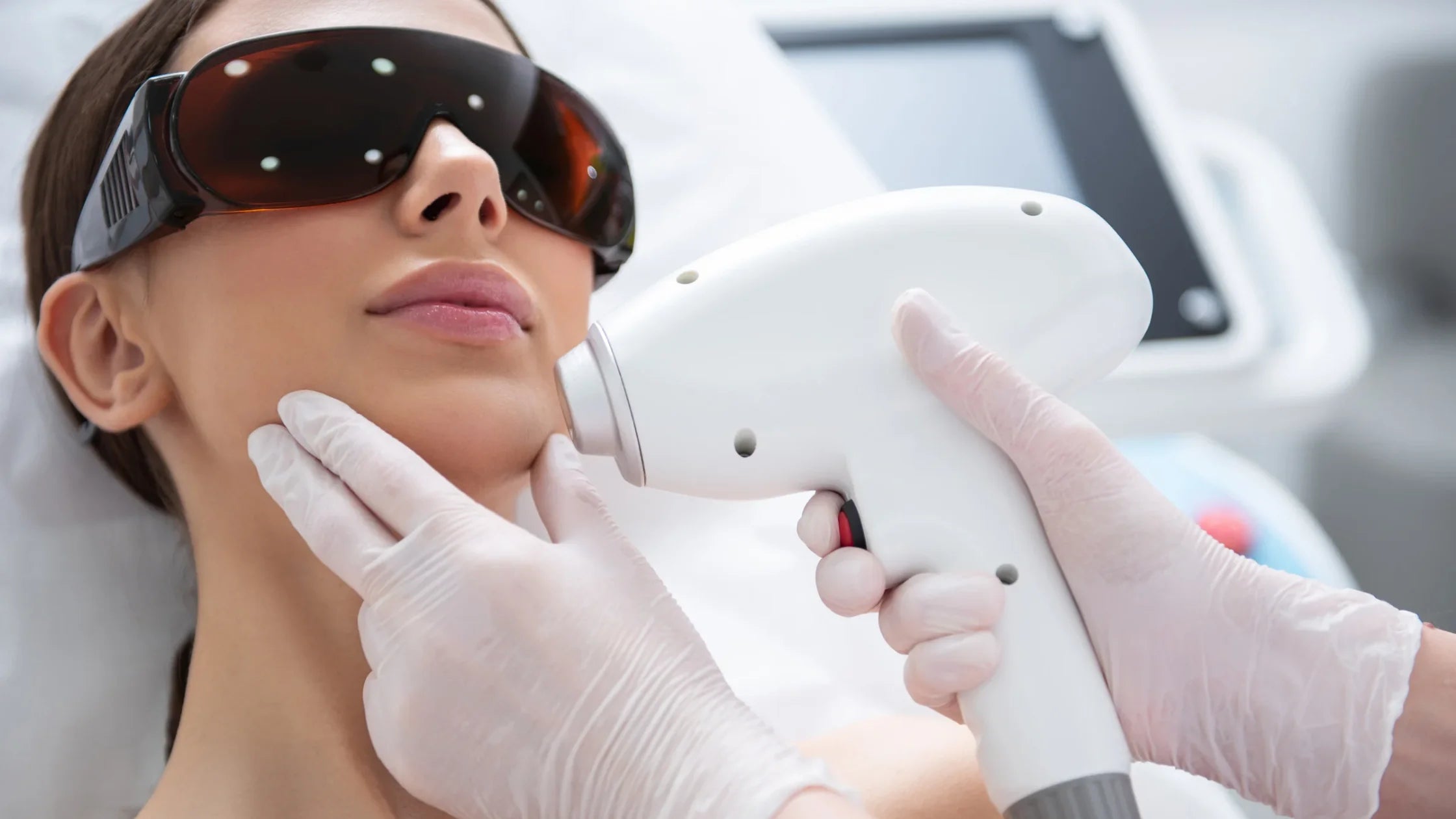


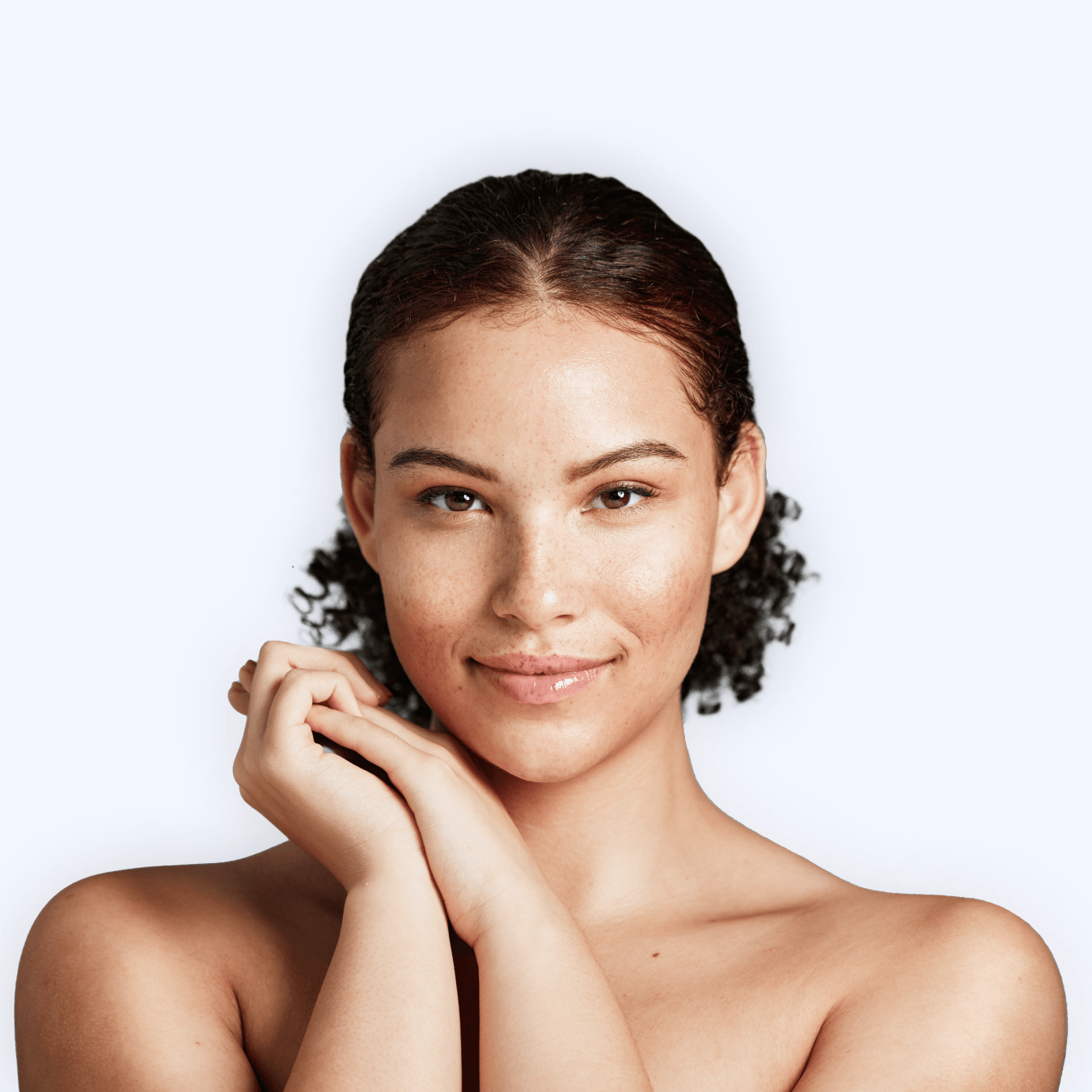

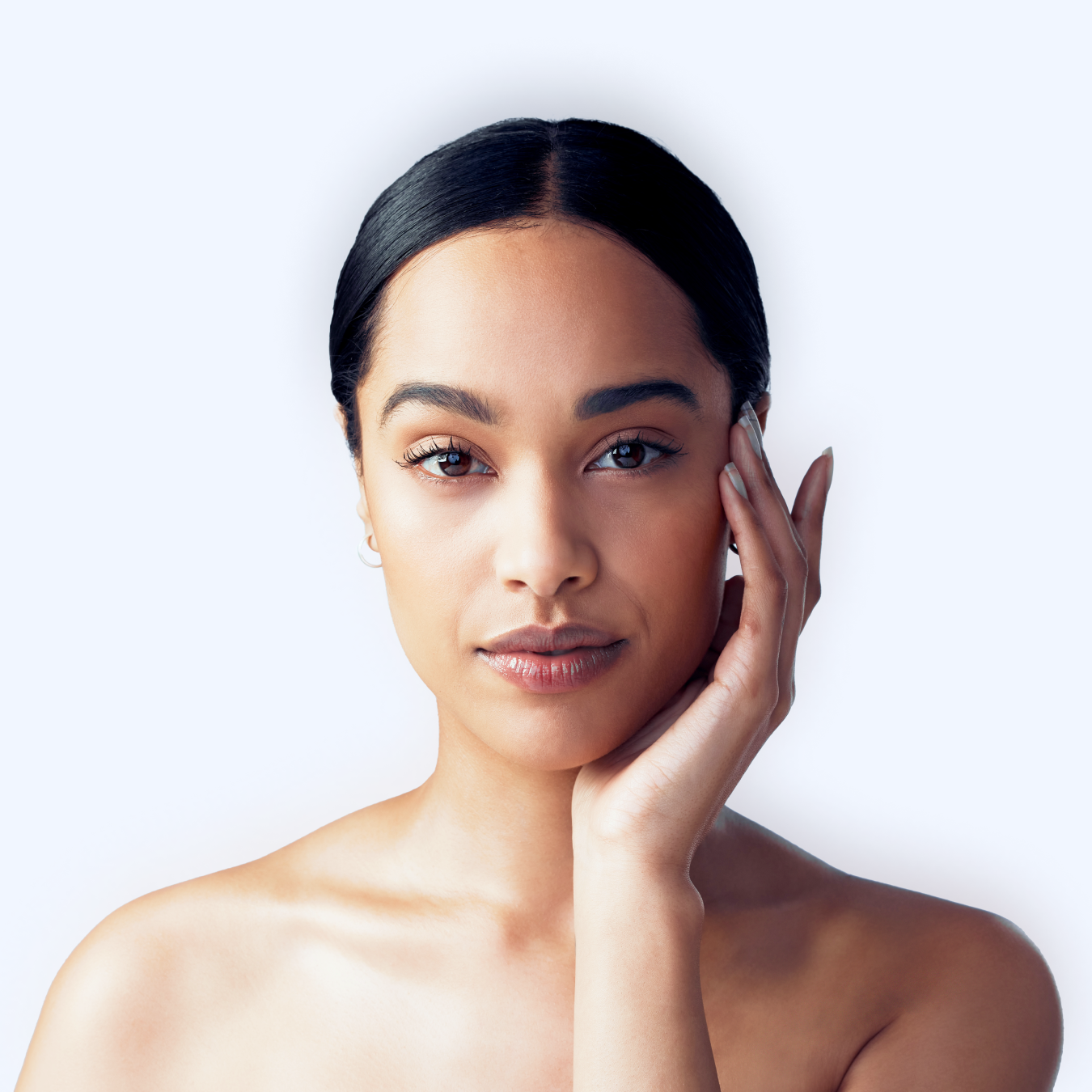



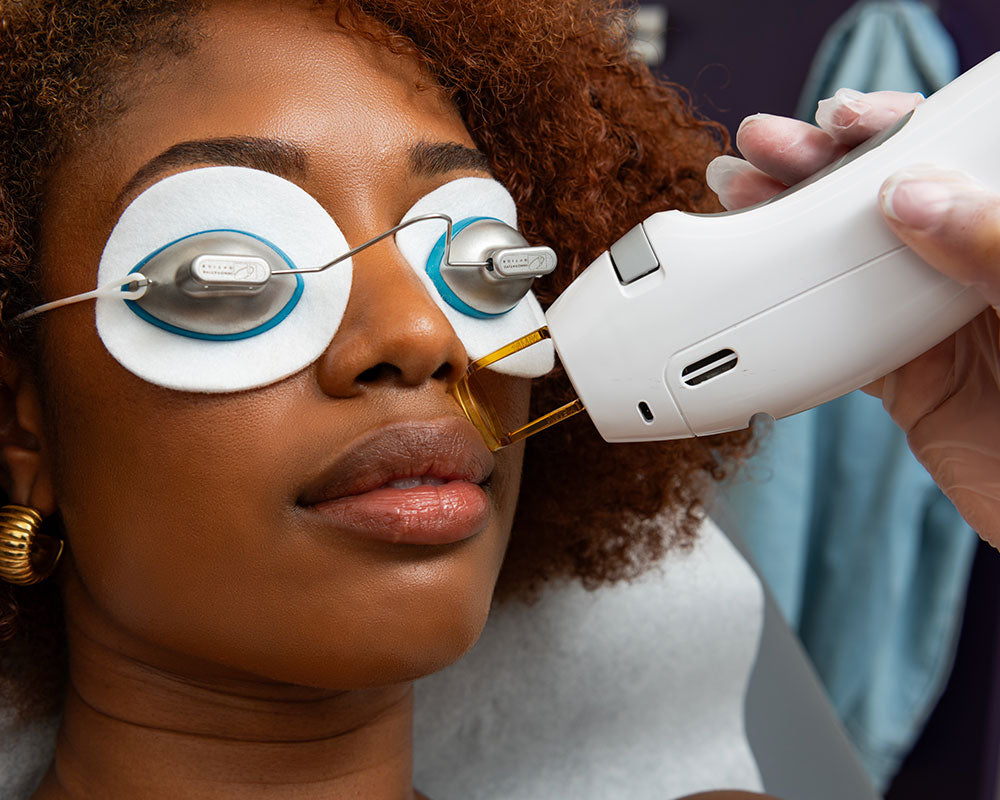
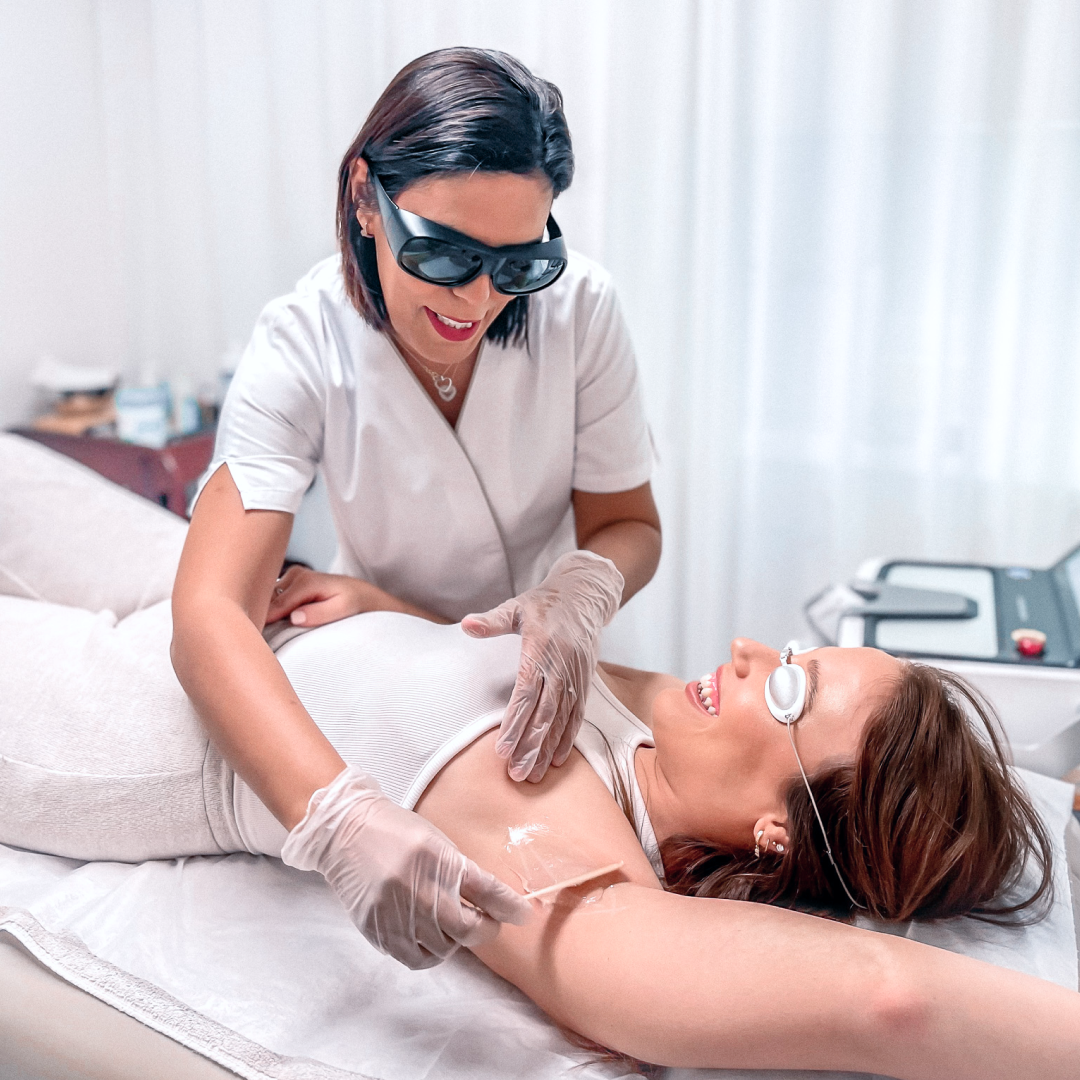
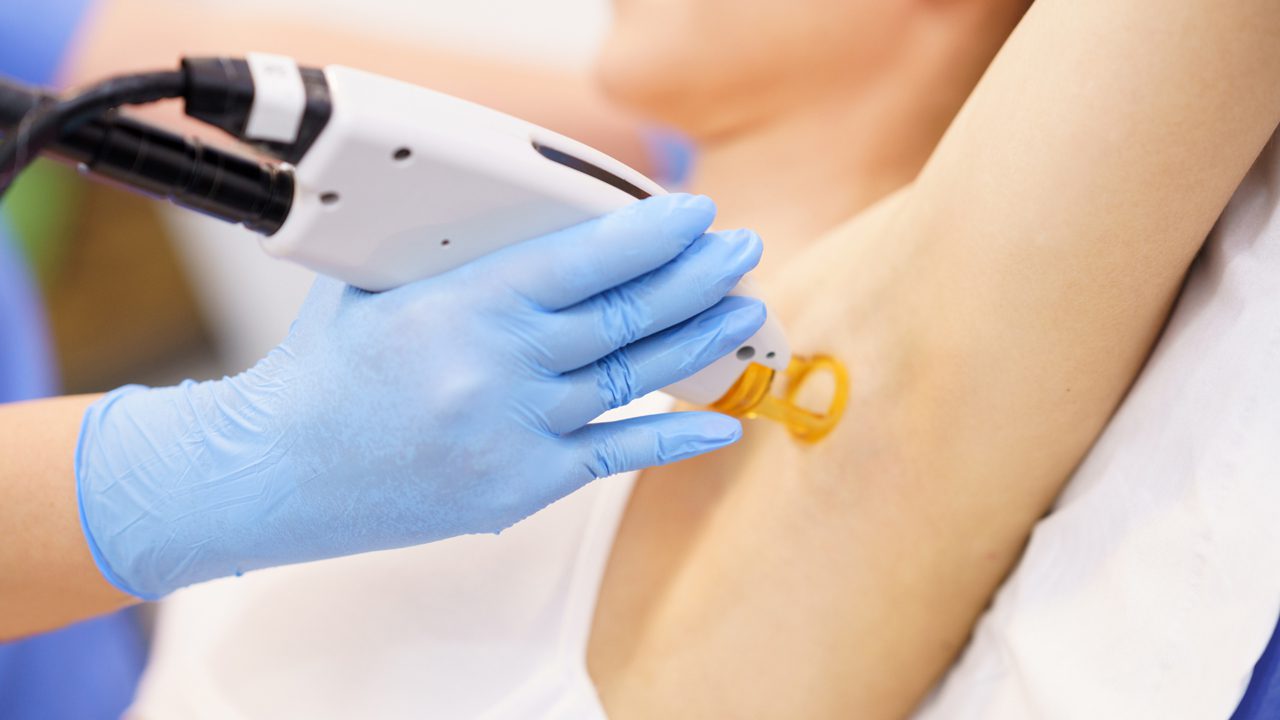
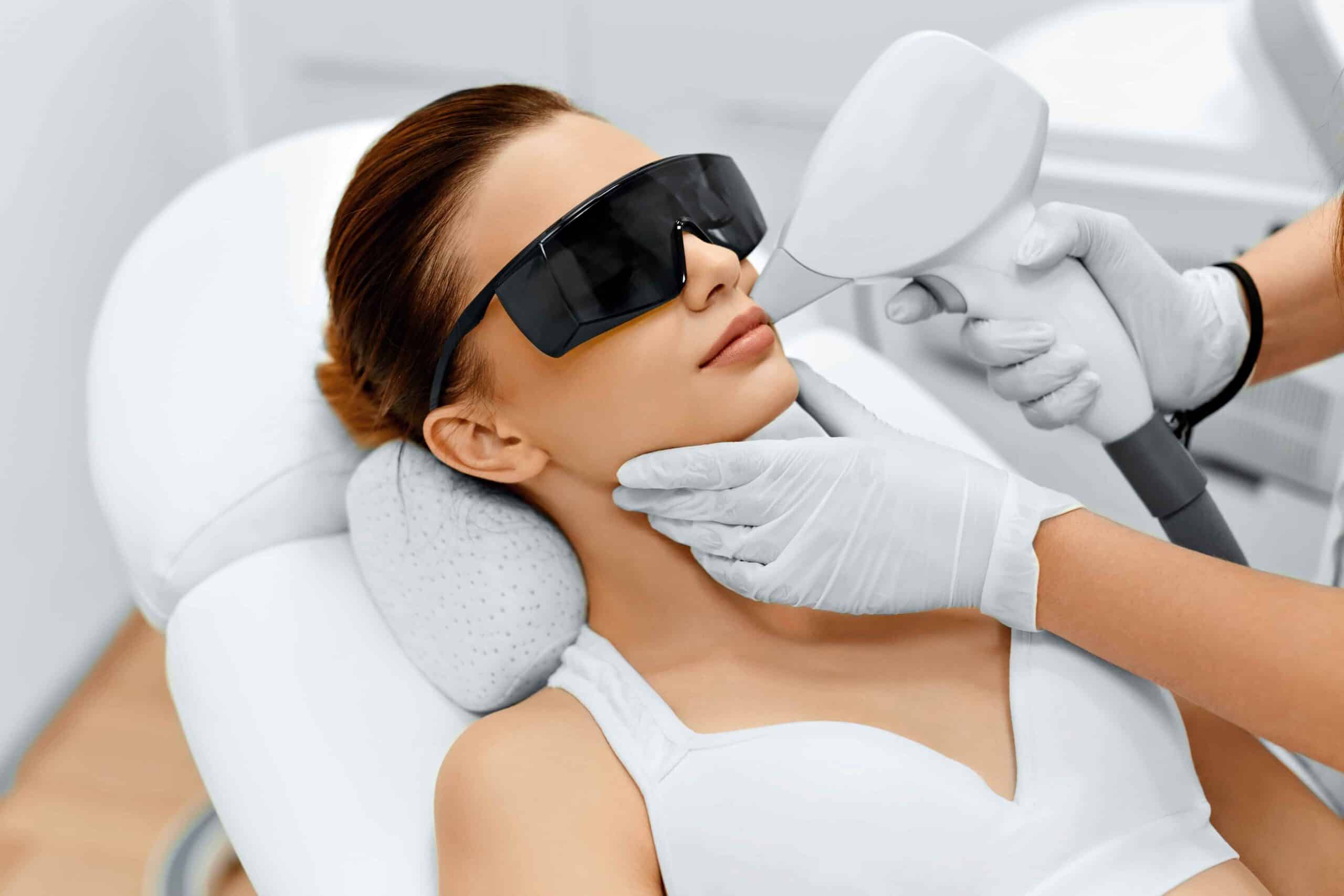

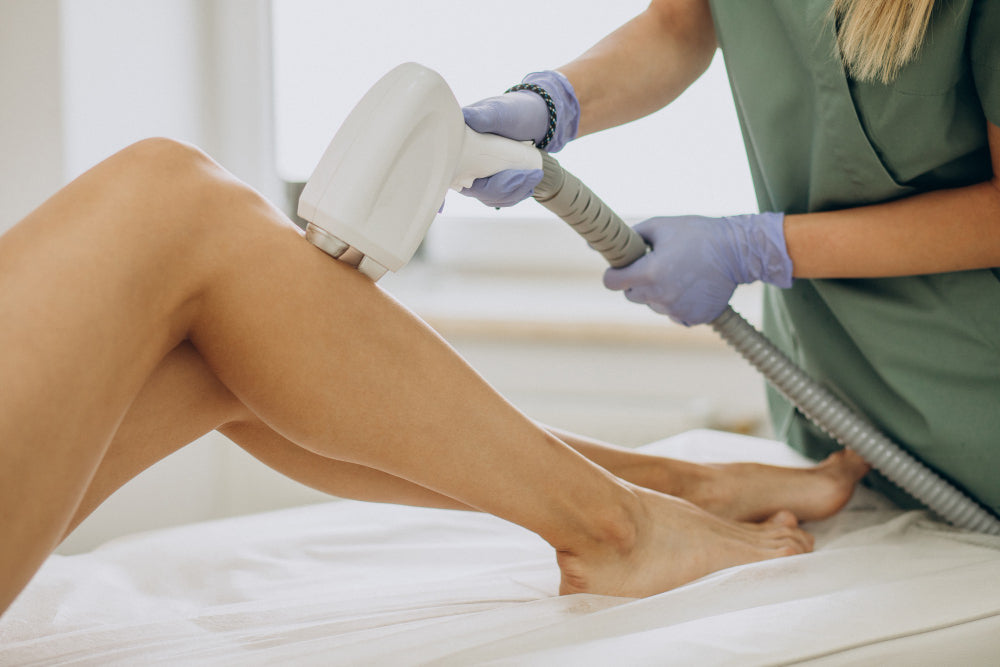

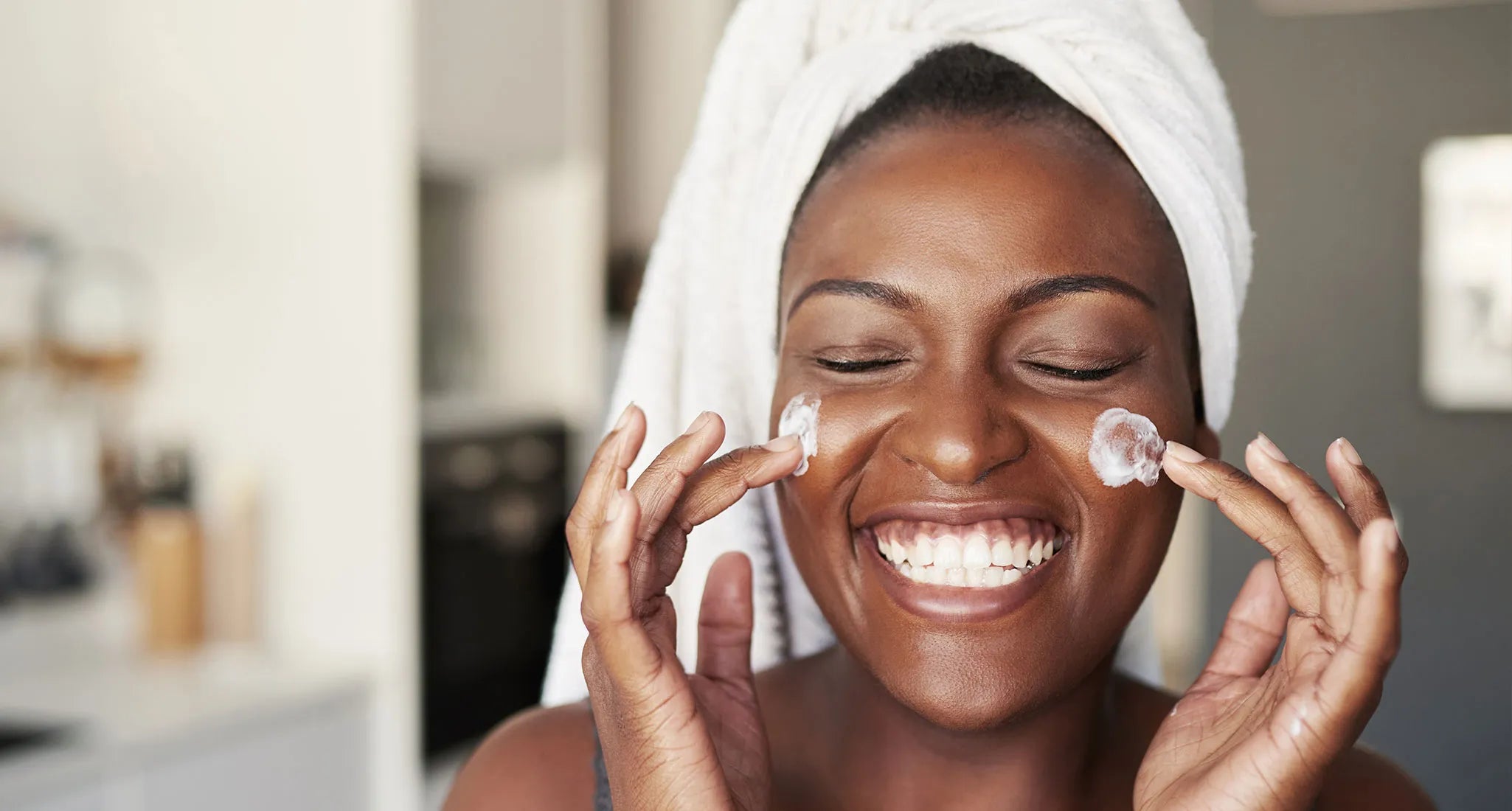
Share: